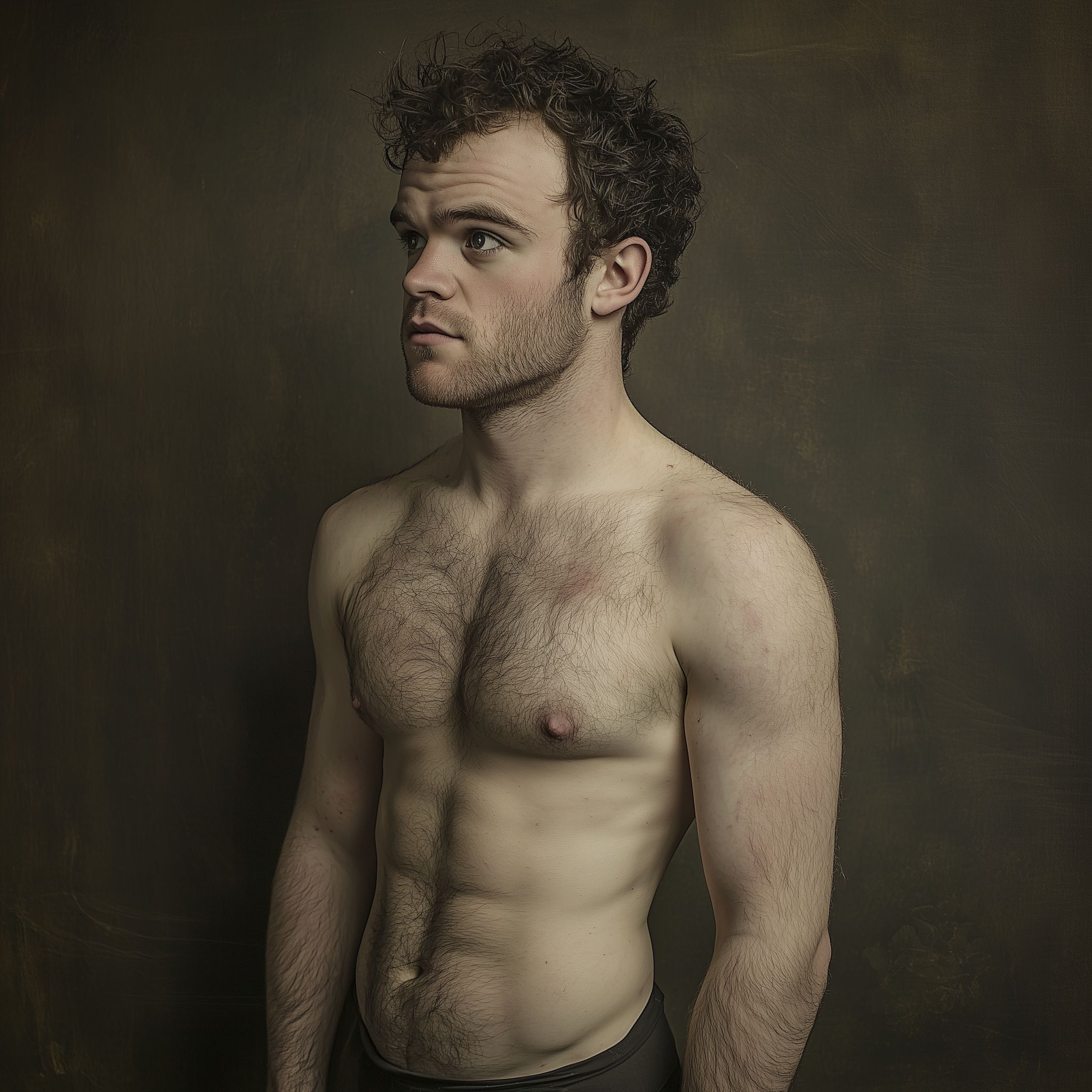With advanced technological capabilities, it is now possible to convert traditional 1D floor plans into dynamic 3D floor plan layouts, which provide a more immersive and realistic representation of spaces for various purposes like architectural design, real estate development, and interior planning. The process involves the transformation of a flat blueprint into a multi-dimensional model that intricately showcases the spatial layout, depths, and elevations of a building or premises through layering and visual rendering techniques. Not only does this conversion enhance the visual appeal of a floor plan, but it also enhances the viewer’s comprehension and interaction with the design, making it a valuable tool for professional architects, designers, property developers, and clients alike. Through the utilization of specialized software and tools, design professionals or individuals can breathe life into static plans by adding shadows, textures, colors, furniture elements, lighting effects, and other pertinent details that contribute to a holistic and highly detailed representation of a space, allowing stakeholders to better visualize the potential of a property or project. Conversely, by optimizing 3D floor plans, stakeholders can anticipate potential design flaws, ensure efficient space utilization, experiment with different layouts or decor styles, make informed decisions, impress clients or investors with immersive presentations, persuade buyers more effectively, and enhance overall project comprehension and communication among all involved parties, thereby streamlining decision-making processes and contributing to more successful outcomes in the realm of architecture, design, and real estate.
Ad Area
Reactions
0
0
0
0
0
0
Already reacted for this post.
YOU MAY ALSO LIKE

0
66
0
December 9, 2024
0
68
0
December 9, 2024

0
60
0
December 9, 2024

0
38
0
December 9, 2024

0
37
0
December 8, 2024

0
37
0
December 8, 2024

